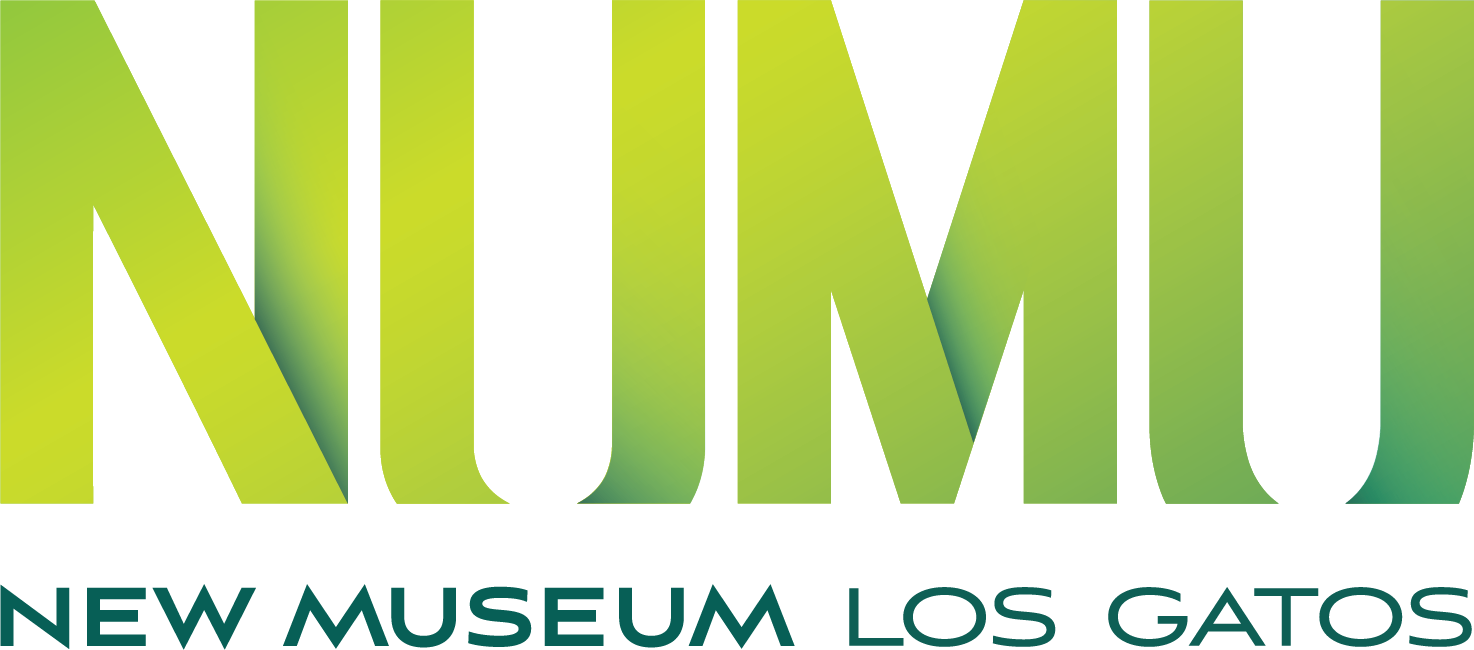Taking Alcatraz Screening and Conversation
Presented at the California Historical Society
Thursday, June 15 | 6pm
Held at the California Historical Society, 678 Mission St, San Francisco
Photo by Ilka Hartmann
Join the California Historical Society (CHS) and New Museum Los Gatos (NUMU) for a powerful program that explores the history of the occupation of Alcatraz, from November 20, 1969, to June 11, 1971. Participants include the filmmakers of Taking Alcatraz, as well as the Native Americans who occupied the island and those who supported them. This program is a collaboration between the NUMU’s exhibition Cement Prairie: The History and Legacy of the 1952 American Indian Urban Relocation Program, open through June 25, 2017, and the CHS Exhibition Public Program Series for On The Road to the Summer of Love.
First, view the film, Taking Alcatraz, by John Ferry and producer Grace De Soto, then hear and participate in a discussion with photographers, filmmakers, and occupiers of Alcatraz, including Ilka Hartmann, Eloy Martinez, Sacheen Littlefeather, Allan Harrison, Dr. Larry Brilliant, Mary Crowley, and John Ferry.
About the Partipants:
Ilka Hartmann was born in Hamburg, Germany, during World War II. She moved to the Bay Area in 1964. While studying theology, she took a class in photography that introduced her to the work of Dorothea Lange, Ansel Adams, and W. Eugene Smith. Their influence changed the course of her life as she dedicated herself to photographing many of the great social movements from the 1960s to the present.
In the 1970s, moved by the Indian occupation of Alcatraz Island, Hartmann chronicled urban Indians and relocatees to Bay Area cities. Her work has been featured in many exhibits, books, and films, including Taking Alcatraz. She has worked with and photographed important Indian civil rights activists, including Sacheen Littlefeather, Dennis Banks, John Trudell, Adam Fortunate Eagle, and many others. Her depiction of activists on the island has become an iconic record of this chapter in Native American history.
By Ilka Hartmann
Many of Hartmann’s urban Indian photos are in the current exhibit at NUMU and in the museum’s forthcoming exhibit featuring fifty years of major social movements through photography in the Bay Area, opening July 28, 2017. For a further look at these movements see: www.ilkahartmann.com.
John Ferry, writer, producer, editor and director has been involved in the production of nonfiction films for over three decades, working closely with Academy Award winner Robert Snyder on such films as Reflections: R. Buckminster Fuller for the United States Information Agency, Claudio Arrau: A Life in Music, Ruth Asawa: of Forms and Growth, Willem de Kooning: Artist, The Vatican Collection, Michelangelo: Self-Portrait, Pablo Casals: A Cry for Peace, and Henry Miller: To Paint is to Love Again. More recently he produced and directed such films as Sitting Bull: A Stone in My Heart, Contrary Warrior: The Life and Times of Adam Fortunate Eagle, Makin' It, and Taking Alcatraz. In a Small Town is his latest film.
He was born in Marseilles, France, and raised in Buenos Aires and Montreal before coming to the United States. at the age of twelve. He lived in Los Angeles for over thirty years and presently calls Santa Barbara home. He has a MA in Cinema and a BA in Theater Arts. His wife, Grace Ferry, worked as producer and writer on Taking Alcatraz.
Alan Harrison is a tribal member of the Robinson Rancheria, California “Pomo” Native American tribe, located on the banks of Clear Lake in Lake County California. He grew up in the Bay Area and has lived in New York, Hawaii, and Los Angeles, where he worked in the film and television industry for over fifteen years. He is a member of the set-dresser union local # 44 Hollywood California. He currently lives in San Francisco. His mother Luwanna Quitiquit, was a student at UC Berkeley at the time of the Alcatraz occupation and helped to organize it. Alan was eight or nine years old at the time of occupation.
Dr. Larry Brilliant delivered the baby of Lou and John Trudell on Alcatraz Island during the occupation. He was later a part of a successful, international effort to eradicate smallpox in India. He has worked tirelessly for medical and social causes around the world for fifty years and in 2016 e published his book, Sometimes Brilliant, about his extraordinary life as a doctor and philanthropist.
Eloy Martinez was one of the original occupiers of Alcatraz. In November 1969, he was part of a group of fifteen that took a boat to the Island for the second invasion. He lived there for seven months. Martinez has remained deeply involved in many civil rights causes with many notable leaders, including César Chávez and Dolores Huerta.
Mary Crowley was one of three skippers who successfully transported Indians to Alcatraz in the middle of the night. The trip was especially dangerous in the dark without reliable navigation tools or equipment.
Sacheen Littlefeather became famous in 1973 for rejecting the Oscar for Marlon Brando, who was upset at the treatment of Indians in Hollywood. Her passionate speech on Brando’s behalf became a controversial moment in Academy Award history. She has continued advocating for Native American rights and causes.



